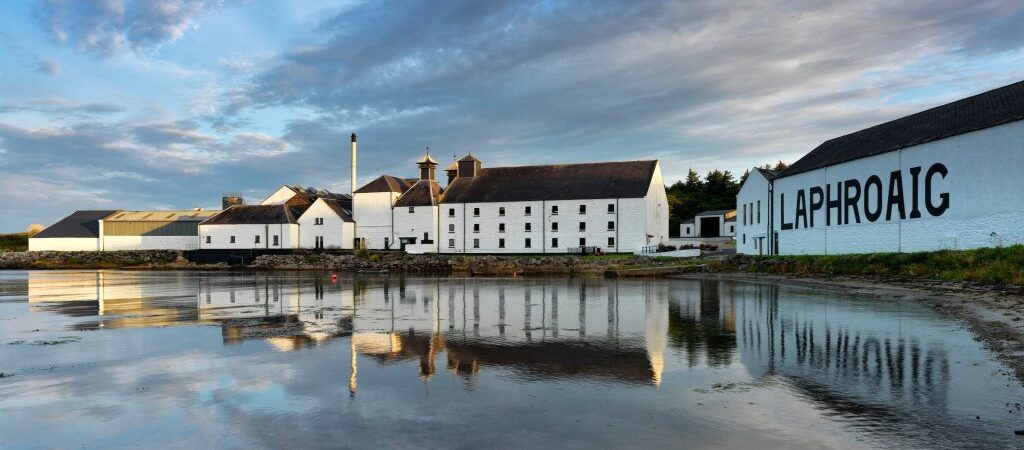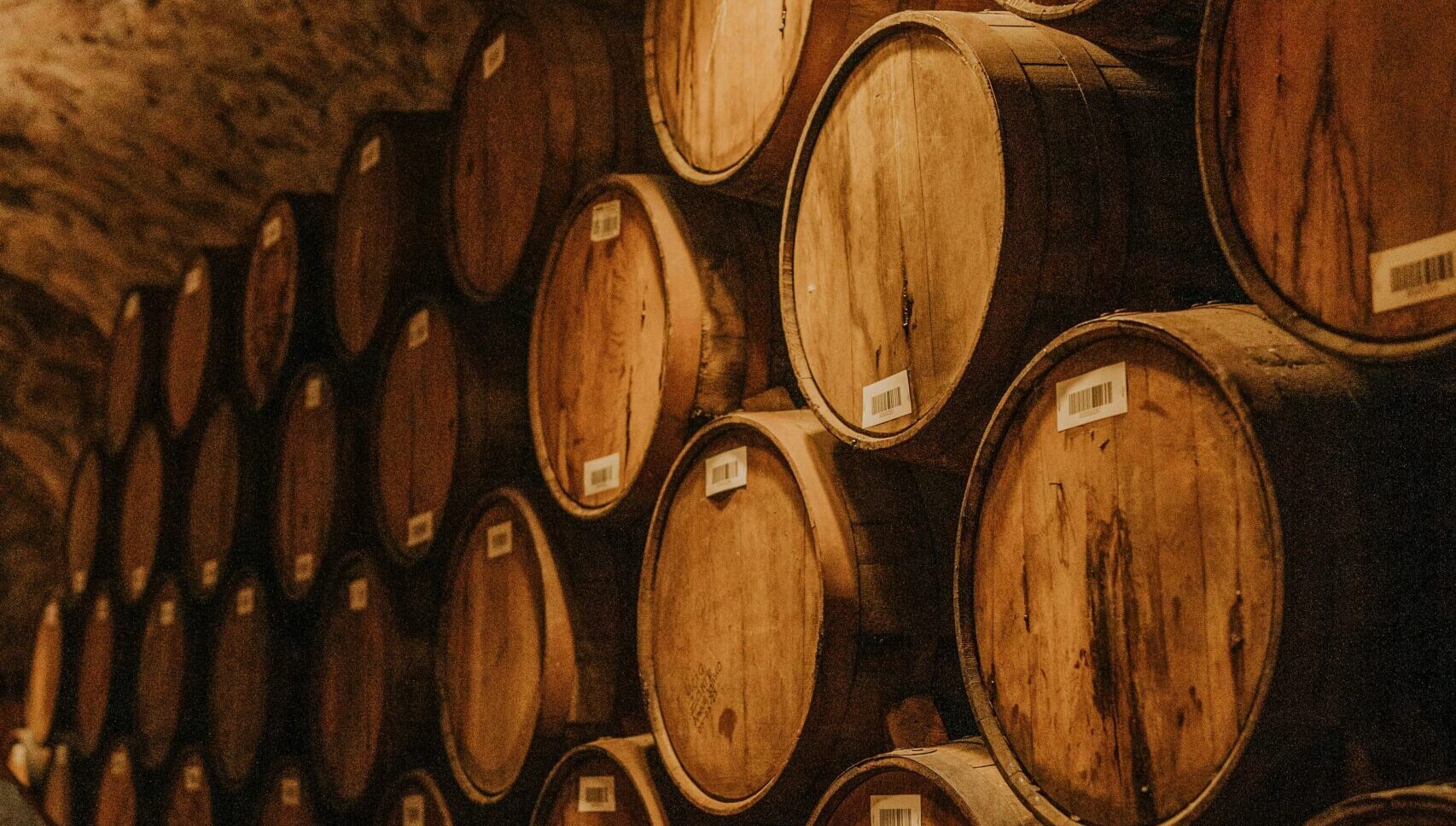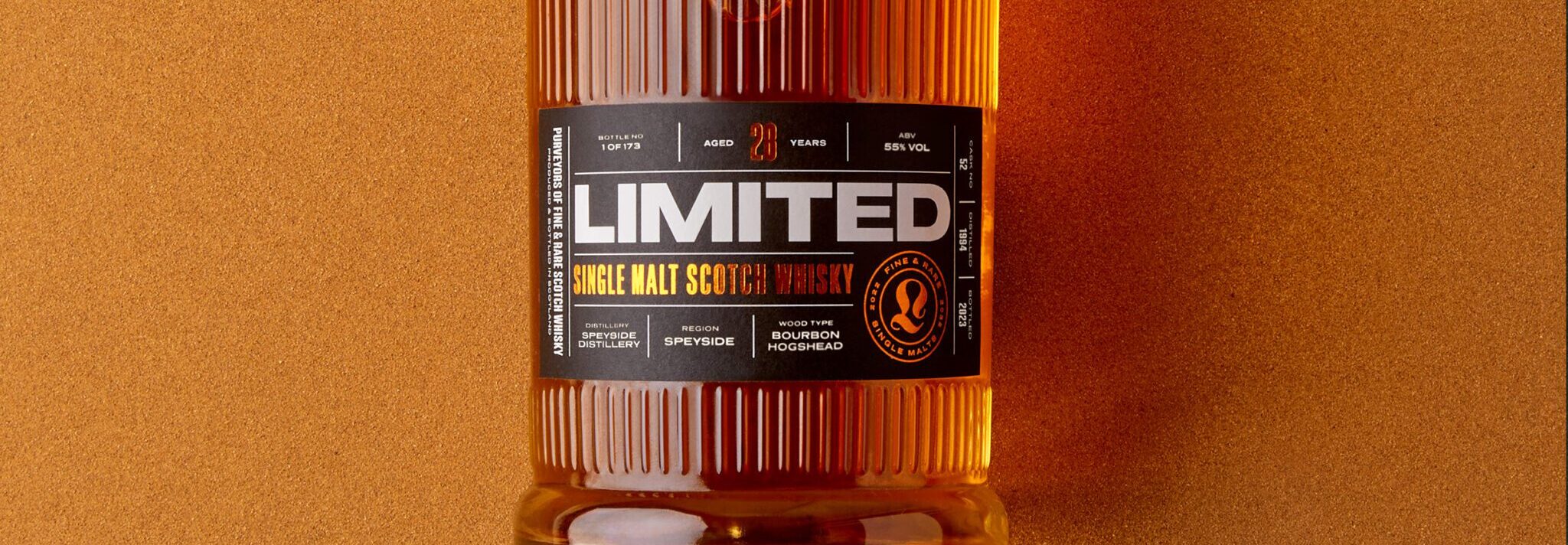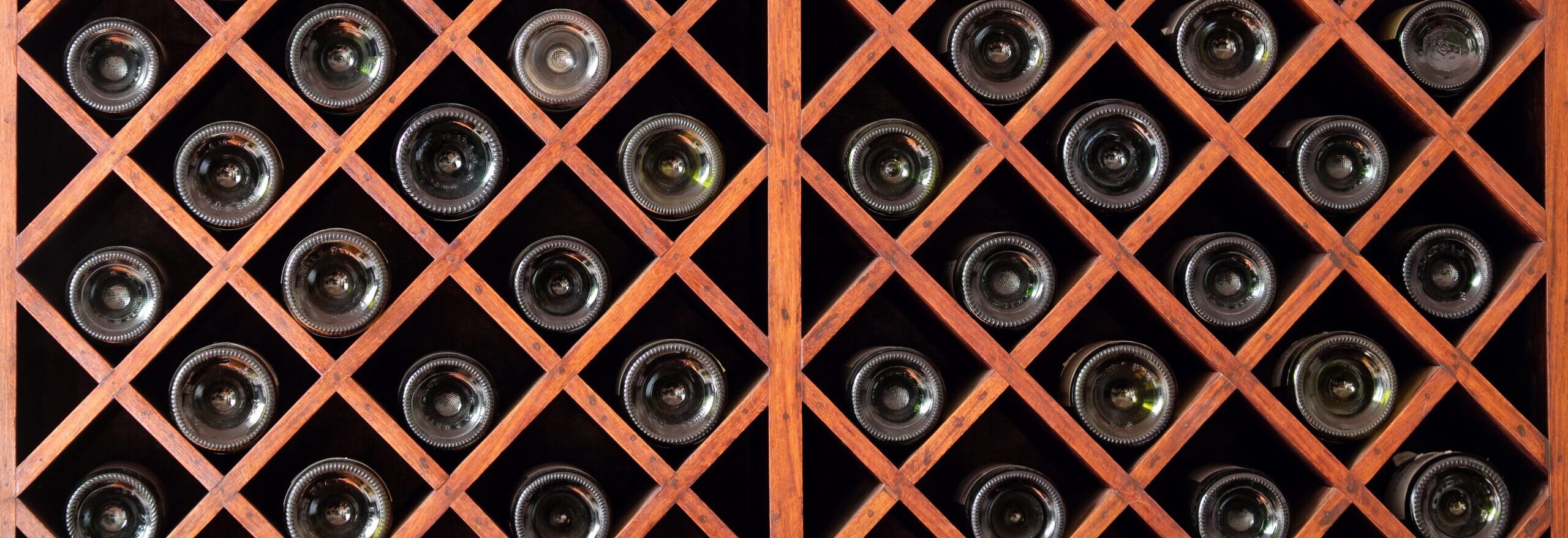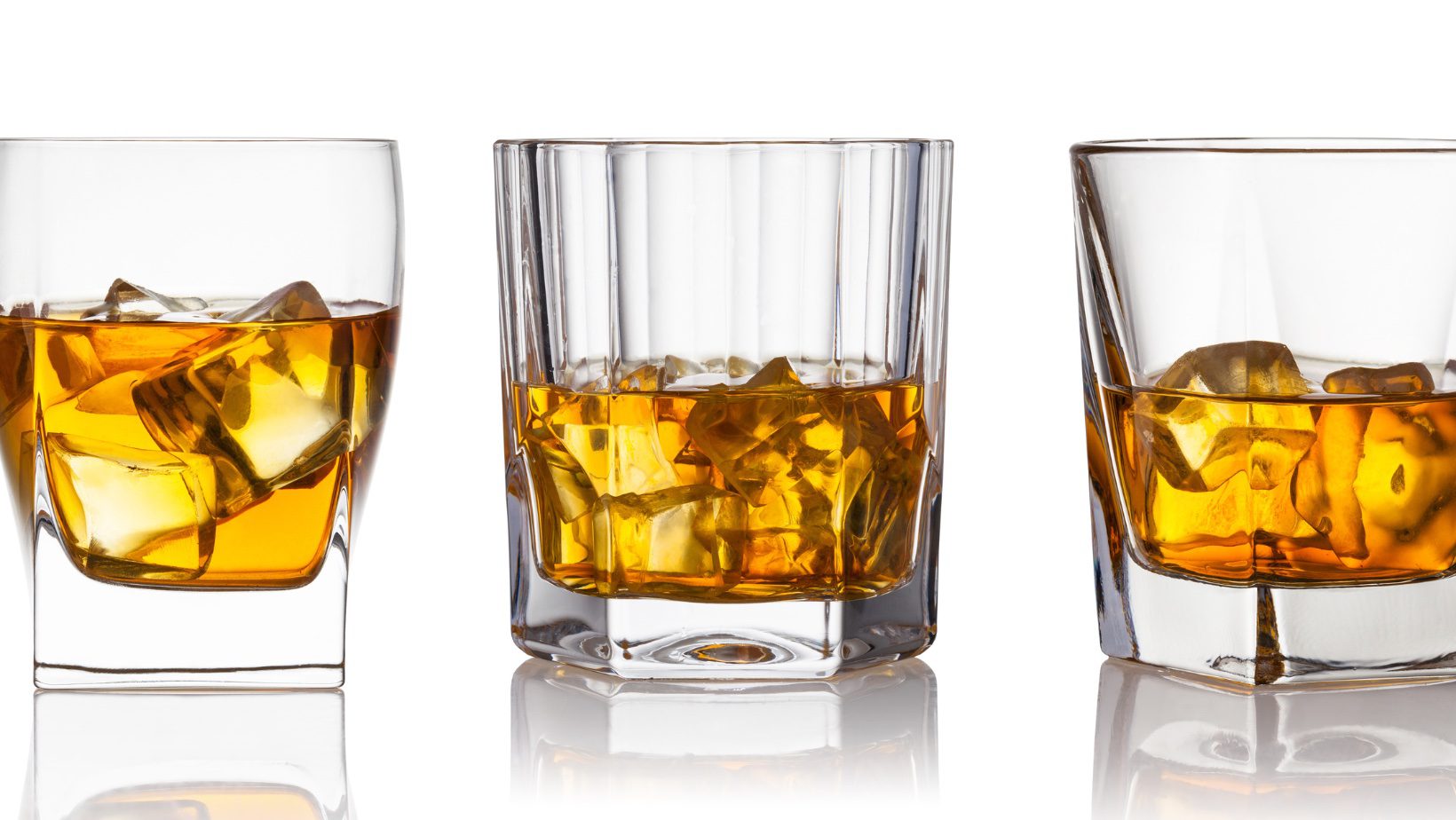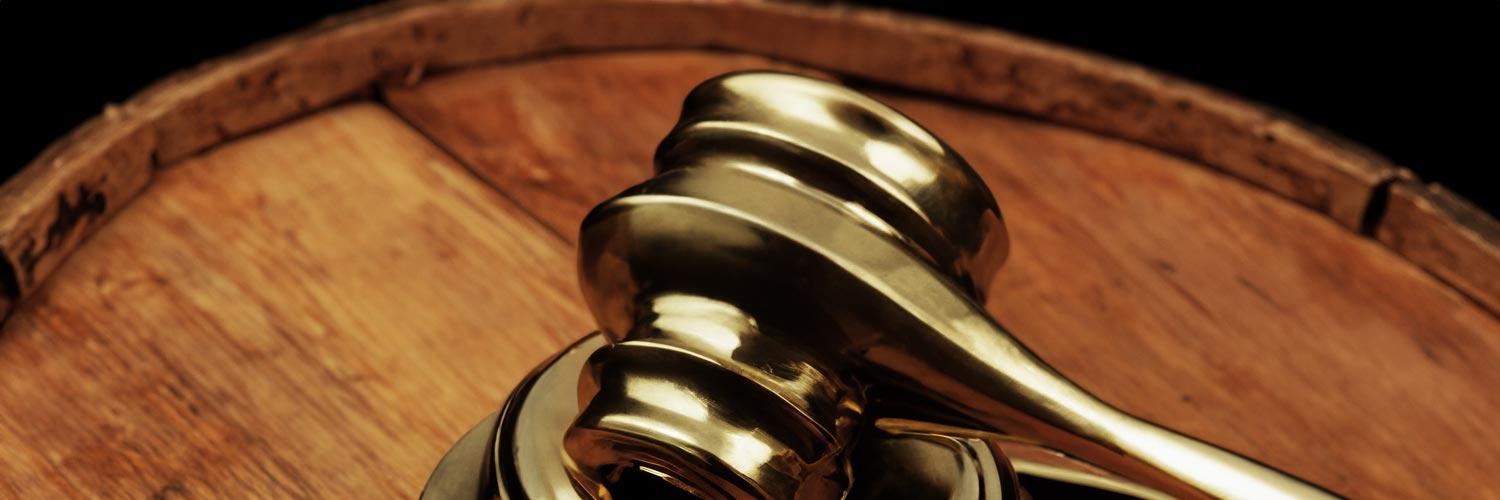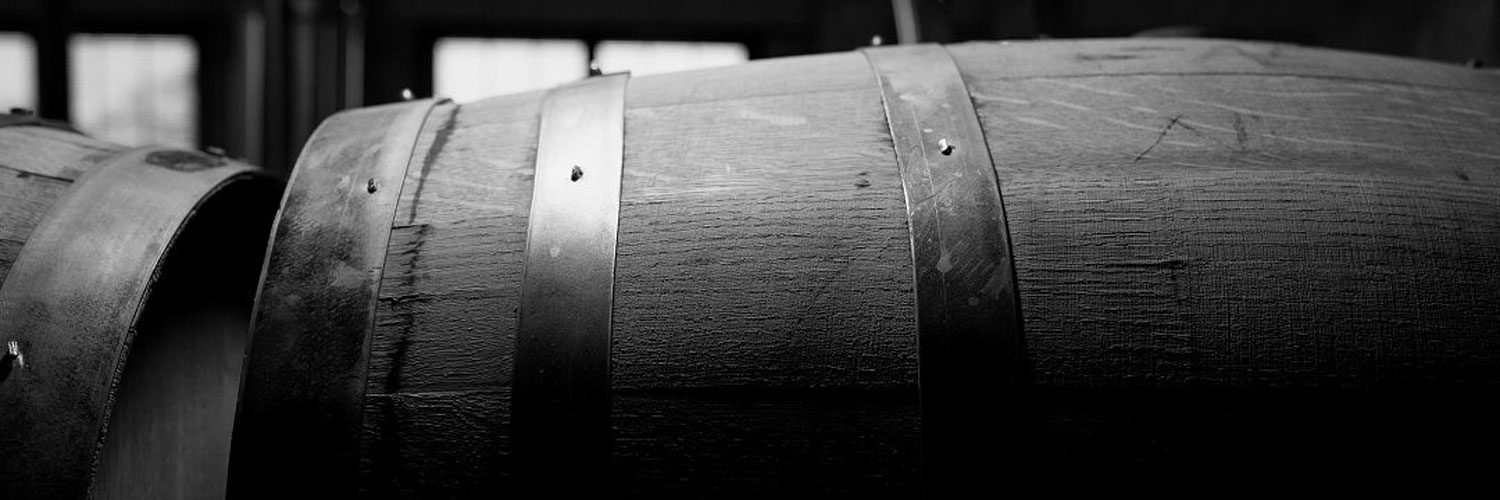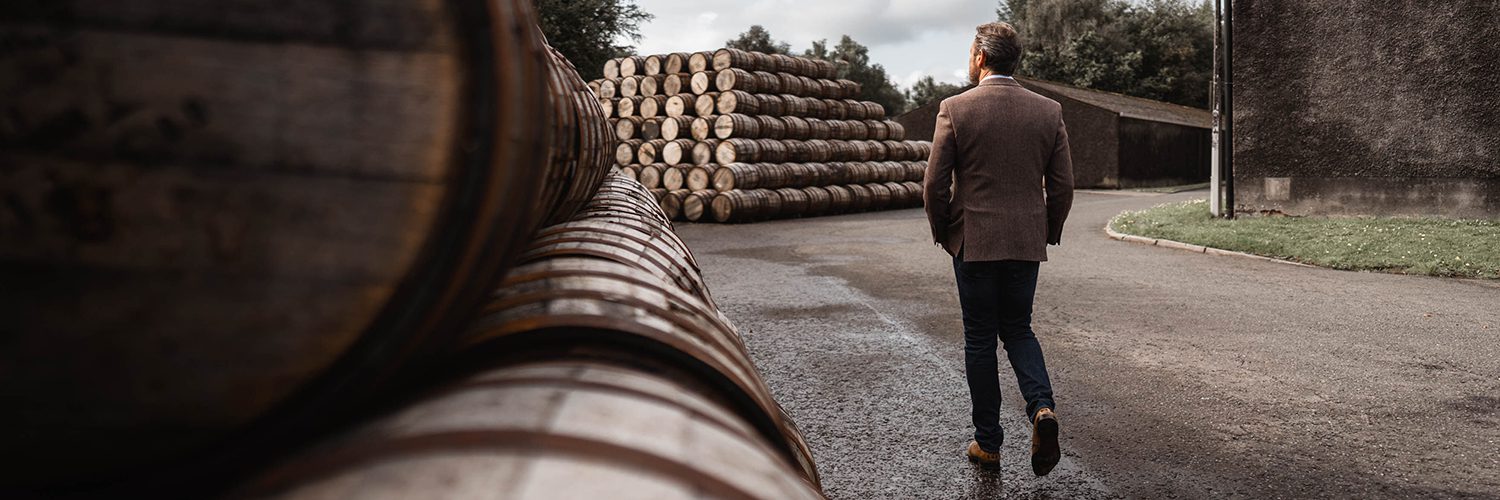Whether you choose to drink your whisky peated or unpeated can come down to something as simple as what pleases your palette, but what exactly is the difference between the two?
 Learn
Learn
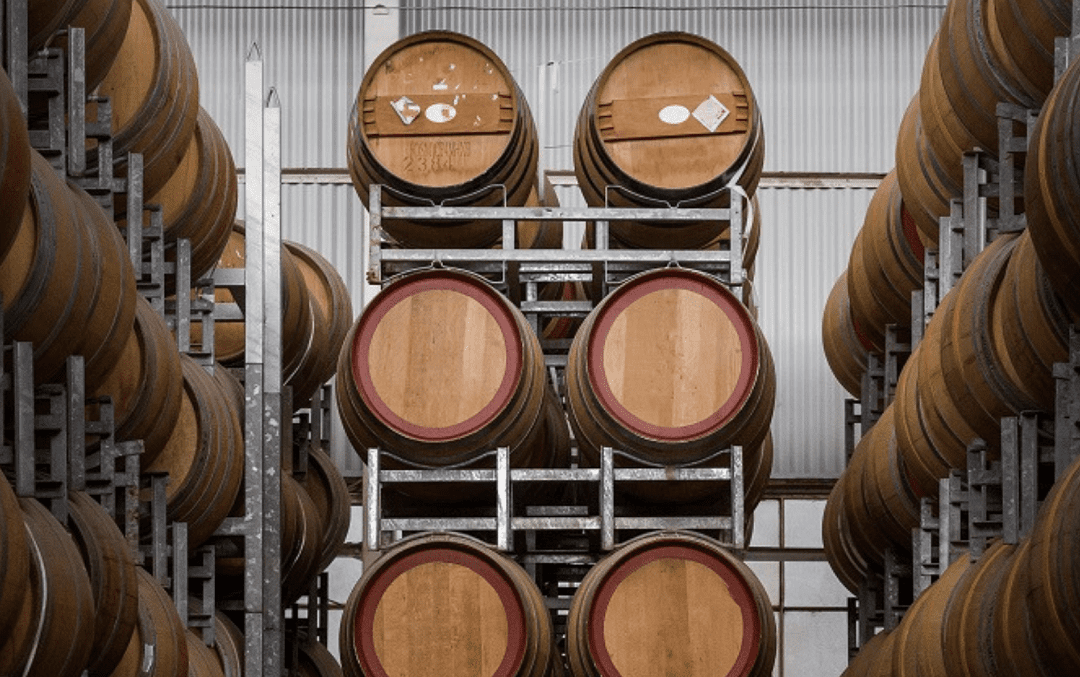
When whisky is made, one step of the process involves drying the barley and this is where peat comes into play. It is a type of soil that is used as fuel to heat the pot stills and the type of peat used can affect the characteristics of the whisky itself. However, not all Scotch Whisky has to use peat in this stage of the whisky making process as the grains can be air dried or an unpeated fuel can be used.
Peated whisky has an infamous smoky and earthy taste and it can add both complexity and intensity to a dram. However, not all peated whiskies are equal and just because you like one doesn’t mean you will automatically like another. The taste depends on a number of different aspects and location is an all-important factor. For example, peat taken from The Highlands region will taste a lot different to peat taken from an Islay region.
As you explore the different Scottish regions, you will find that each has its own identity when it comes to flavour and characteristics, many offering a mix of both peated and unpeated whisky. Some distilleries like Glengoyne, which is located in the Highlands for example, use only unpeated fires. The majority of Lowland whiskies are also unpeated with distilleries like Annandale flying the flag for whisky that is more delicate in nature due to the signature triple distilling method used.
While you will always find advocates for both styles, there is of course an undeniable difference between them. The former is smoky and sophisticated while the latter is smoother with a fruity finish. Deciding which camp you reside in is a complex process, one which could take years of experimentation as a whisky drinker. If you have never tried an unpeated whisky, the Glengoyne 10 Year Old from the Highlands region is full-flavoured without that signature smoky twang and is just one example of the magic that can happen when an unpeated whisky is created.
You may be wondering how peat or unpeated processes are implemented in distilleries in and around Scotland. Every distillery tends to differ when it comes to using peat and each one has something unique to offer. That’s why Highlands Peat and Islay Peat, for example, rank very differently in terms of flavour. Islay and Campbeltown are known for more heavily peated drams whereas the Lowlands and Speyside is known for the exact opposite. Some distilleries use no peat at all in their drams and Bruichladdich is just one example of this.
However, it is also worth noting that the characteristics of the whisky are influenced by other factors and don’t simply rely on a peat or an unpeated process. The water source, the soil and of course the region also have a huge effect. Distilleries in the Islay region are known for an unusually intense style of peated whisky while in the Highlands, peat is used a little more sparingly and the flavour as a result is a dram with a sweeter finish.
To learn more about Whisky Cask ownership with our FREE Guide, contact our dedicated Portfolio Managers. Alternatively, you can see current stock levels and manage your portfolio by logging into the online portal by clicking here. Our portal is now also available on mobile with dedicated apps for both iOS and Android.



